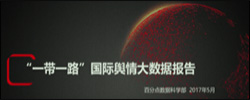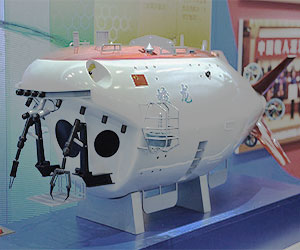Artificial bee colony algorithm(4)
In 2001, Lucic and Teodorovic introduced a Bee System based on the foraging behaviour of bee colonies for solving difficult combinatorial optimization problems (). proposed a Bee Colony Optimization (BCO) meta-heuristic for the ride-matching problem in 2005. Another algorithm simulating foraging behaviour is the BeeAdHoc model described by , which is an energy efficient routing method in mobile ad hoc networks. In 2005, described a meta-heuristic named Bees Swarm Optimization and its adaptation to the features of the MAX-W-SAT problem was introduced to contribute to its resolution. proposed a bee colony optimization algorithm based on dance durations to select a new path; the algorithm was applied to job shop scheduling. introduced a model of honey bee social foraging for solving a class of optimal resource allocation problems.
Approaches for Numerical Optimization
In 2005, developed a virtual bee algorithm (VBA) to solve numerical optimization problems. The original algorithm works with only two variables. described the Bees Algorithm which performs a kind of neighbourhood search combined with random search and can be used for both combinatorial optimization and numerical optimizations.
Current TrendsThe initial applications of ABC were in the area of numerical optimization since it was originally proposed for these kinds of problems ().
Current research topics include the extension of ABC to the optimization of hybrid functions; to the solution of integer programming and engineering design problems (; ; ); to the solution of combinatorial () and multi-objective optimization problems () and to the solution of clustering (), neural network training () and image processing () problems.
Several papers reporting the research related to ABC and its applications can be found at
References. In Preprints of the Tristan IV Triennial Symposium on Transportation Analysis, pages: 441-445, SaoMiguel, Azores Islands, Portugal.
Internal references
An interesting swarm is a honey bee colony which performs tasks within and out of the hive in an intelligent manner. Since the availability of the nectar sources around the hive varies in space and time, the colony of bees has to adapt its foraging behaviour to the changes in the environment. For instance, an appropriate division of the workers’ efforts between exploring new sources and exploiting the available ones is very important for the maintenance of the colony (). As stated before, the minimal model of forage selection that leads to the emergence of collective intelligence of honey bee swarms consists of three essential components: food sources, employed foragers, and unemployed foragers ().
(i) Food sources: The “profitability” of a food source is related to several factors such as its closeness to the nest, richness of energy, and the ease of extracting the energy from the source. In the minimal model, the “profitability” may be defined by one of these quantities.
(ii) Employed foragers: These foragers are associated with a specific food source they exploit. They carry information to the hive and share it with other foragers waiting in the hive by dancing.
(iii) Unemployed foragers: These foragers consist of scouts and onlookers. The scouts randomly search the environment surrounding the hive for new food sources, and the onlooker bees waiting in the hive detect a food source by means of the information presented to them by the employed foragers ().
The exchange of information among the foragers is very important for the formation of collective knowledge. The most important part of the hive for exchanging information is the dancing area where different types of dances are performed: Waggle dance, Round dance, Tremble dance, etc. Communication among bees related to the quality of food sources is called the waggle dance. Since information about all the current rich sources is available to onlooker bees on the dance floor, they watch numerous dances and direct themselves to profitable sources. Employed foragers share their information in proportion to the profitability of their food sources. As the information circulating about them increases, the probability of the onlooker bees choosing the more profitable sources also increases ().
External Links See alsoAlgorithm, Swarm intelligence, Ant colony optimization, Flocking and swarming
Sponsored by: Eugene M. Izhikevich, Editor-in-Chief of Scholarpedia, the peer-reviewed open-access encyclopedia
Reviewed by: Anonymous
Accepted on: 2010-03-23 17:19:36 GMT
,中国舆情网相关文章:









